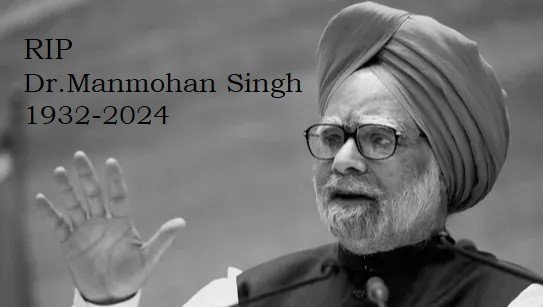Trump's razor-edge over Kamala Harris: What tilted the scales?
- Rommel Rodrigues
- Nov 10, 2024

Vice President Kamala Harris and former President Donald Trump
MUMBAI: The 2024 U.S. presidential election will be remembered as one of the most fiercely contested races in recent political history. The showdown between former President Donald Trump and Vice President Kamala Harris came down to razor-thin margins that kept the nation in suspense for days. In the end, Trump emerged victorious, reclaiming the White House in a stunningly close race that underscored a deeply divided electorate.
The narrow victory was emblematic of the polarized state of American politics. Trump’s campaign, fueled by a platform focused on economic revival, immigration reform, and a return to “America First” policies, resonated with a significant portion of the population still skeptical of progressive shifts in domestic and foreign policies. His message found strong support in battleground states where economic concerns and cultural identity played pivotal roles.
Kamala Harris, seeking to make history as the first female president, ran on a platform emphasizing unity, social justice, and climate action. Her campaign sought to build on the achievements of the previous administration, aiming to address systemic inequalities and strengthen international partnerships. Despite her efforts, Harris struggled to bridge the gap between the centrist and progressive wings of her party, a challenge that may have contributed to her narrow defeat.
The final days of the campaign were marked by intense debates, a series of high-profile rallies, and fervent efforts to mobilize voters. Both sides leveraged social media and grassroots campaigns, leaving no stone unturned in pursuit of undecided voters. Yet, it was Trump’s ability to galvanize his base and appeal to disillusioned moderates that ultimately tipped the scales.
The fact is that Trump managed to gain an edge over his opponent, Harris, and this edge can be attributed to several key factors that played a significant role in shaping the electoral landscape, apart from the fact that Trump's loyal base of supporters remained steadfast throughout the campaign. Trump's adept use of social media and his ability to dominate the media narrative gave him an edge over Harris. His frequent and often controversial tweets kept him in the spotlight, ensuring that his message reached a wide audience. This constant media presence helped him maintain visibility and influence public opinion.
The dynamics in key swing states also favored Trump. States like Pennsylvania, Michigan, and Wisconsin, which were critical to the election outcome, saw a significant shift in voter sentiment toward Trump. His campaign's targeted efforts in these states paid off, giving him a crucial advantage in the Electoral College.
While Kamala Harris ran a strong campaign, she faced several challenges that hindered her ability to gain an edge over Trump. Her campaign struggled to connect with certain voter demographics, and her messaging on key issues did not resonate as strongly as Trump's. In conclusion, Trump's edge over Kamala Harris in the 2024 presidential election can be attributed to his strong base, effective messaging on economic and security issues, media strategy, and targeted efforts in swing states. While Harris put up a formidable fight, these factors ultimately tipped the scales in Trump's favor.
This election outcome is a stark reminder of the work that lies ahead for both parties. For Republicans, Trump’s win reaffirms the enduring appeal of his brand of conservatism, yet it also signals a need for reflection on how to unify a country still reeling from deep political and social divides. For Democrats, the narrow loss calls for an examination of how to better engage diverse coalitions and foster a more cohesive vision that resonates across the political spectrum.










Reporter
Rommel is our Editor. He has close to three decades of experience in leading publishing houses including, Fortune India, Observer of Business & Politics, The New Indian Express etc.
View Reporter News